The OPE: the Perennial Environmental Observatory
The “Perennial Environmental Observatory” (OPE).was cretated in 2007 as part of the Cigéo project.
Its objective: to establish an "inventory" of the environment around the future disposal and monitor its evolution throughout the construction and operational phase. Zoom on this device, unique in France.
The OPE brings together a coherent set of means of observation, experimentations and conservation of the environment in which the ecothèque is located.
The OPE aims to characterize the initial state of the Cigeo environment before its construction and acquire a detailed knowledge of the functioning of local ecosystems, then, if disposal is authorized, to measure the evolutions over time to be able to assess the changes that will mark the territory and explain its origin, whether or not it is linked to Cigeo.
This memorization of the environment consists of collecting and preserving, according to internationally defined and proven protocols , water samples, soils, plants and animals from the local agricultural food chain (milk,corn, vegetables, fruits, etc.), forest ecosystems (moss, mushrooms, lichens, game, etc.) and aquatic (water, fish, mussels, etc.). Best techniques, in particular cryogenics, are used to ensure their conservation throughout Cigeo's operating life.
Missions of the OPE: define the initial state of the environment and monitor its evolution
The missions defined for the OPE are:
• establish an inventory of the environment, both physical and chemical as well as biological and radiological,
• keep the memory of this environment
• prepare a Cigeo monitoring plan,
• know and understand the sensitivity or vulnerability of species and ecosystems,
• understand the interactions between different environments
• to define the origin of any observed disturbance.
The Perennial Environmental Observatory has been set up since 2007 in order to precisely describe the environment of the future industrial geological disposal facility (Cigéo) and to follow its evolution over the long term. Due to the specific characteristics of this observatory, Andra wished to seize the opportunity to broaden the missions associated with the OPE in order to also respond to the broader scientific challenges of long-term environmental monitoring.
Monitor the environment of Cigeo installations
As part of its project to set up a deep disposal center for radioactive waste, Andra must put in place a coherent set of means of observation, experimentation and conservation of the environment. The OPE must thus allow to:
- establish over 10 years an inventory of the repository environment, both physical and chemical, biological and radiological,
- to preserve the memory of this environment,
- prepare an environmental monitoring plan for the future repository,
- to understand the interactions between the different environmental media and to follow their evolution in order to precisely assess the impact of the repository,
- to define the origin of any observed disturbance.
For this, the OPE implements a multidisciplinary observation program (water, air, flora, fauna and man) over a period of at least 100 years.
Contribute to national and international research
Beyond the industrial objectives of carrying out the Cigeo impact study and an environmental monitoring plan, setting up any compensatory measures and controlling the origin of any pollutant, Andra wished to make its observation resources available to the scientific community.
Andra's wish is to create a true research center in order to develop programs that answer the main current environmental questions: long-term development in the face of global climate change, changes in agricultural and forestry practices, and local industrial establishments in the region. site and regional planning likely to support the implementation of an industrial project of this magnitude.
These monitoring and associated research programs are used to better understand the dynamics of environmental components in order to assess the role of the different spatio-temporal scales and therefore to define in relevant observation and sampling strategies, but also to reveal the sensitivities of the different environments as well as the criteria for establishing priorities within the observation and conservation system.
These studies are also used to model, anticipate and differentiate the impacts and to develop new monitoring tools targeting indicators that are even more relevant to the quality of the environment. This work is based on a scientific approach carried out in partnership with French and international scientific research players.
Preserving the memory of the environment: the Ecotheque
The purpose of the Ecotheque is the long-term storage of all samples taken as part of the Permanent Environment Observatory (OPE). This facility ensures the traceability and integrity of all samples for at least one hundred years. It preserves the samples that will help define the initial baseline of the site where Cigeo will be built in Meuse/Haute-Marne.
The "baseline" is an environmental memory of the site and is made up of environmental sampling projects run over a period of 10 years (2007-2017). While Cigeo is operating and after the site has been closed, other samples will be taken to order to monitor any changes to this initial baseline.
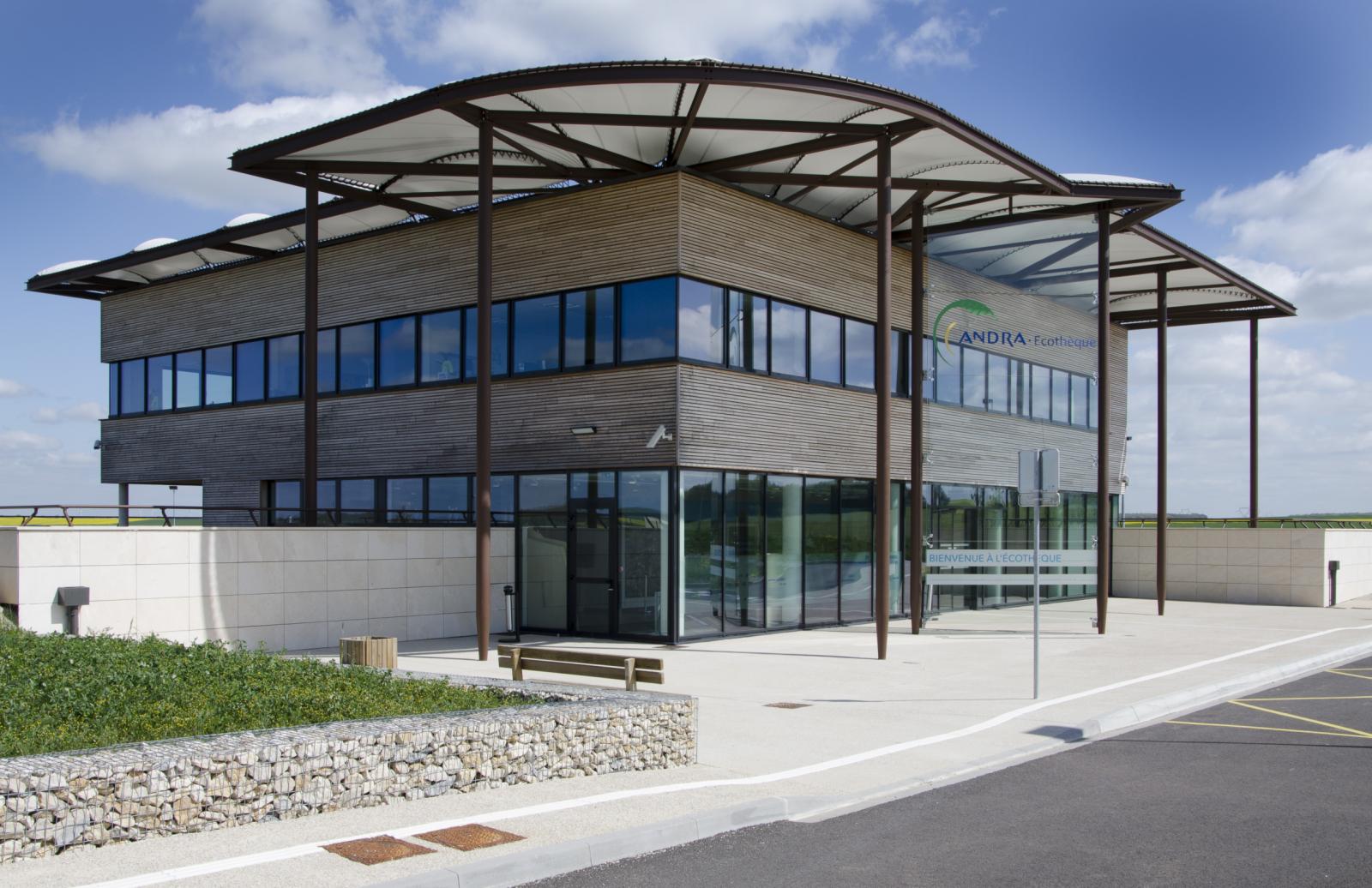
Sample storage
The ANDRA Ecotheque offers three storage options for samples, based on their type and analytical purpose:
- cryogenic storage at -150°C
- deep-freezing at -80°C
- dry storage at 18°C, in a soil sample storage facility.
All types of environmental samples may be preserved . The intention is to conserve a wide range of samples in the OPE, be they biotic or abiotic and wherever they may come from (forests, meadows, crop fields, aquatic environments or the agricultural supply chain).
Samples are guaranteed to be conserved over a very long period of time, with the equipment used having an operational lifespan of at least 30 years. This notably includes cryogenic tanks, which can store samples in liquid nitrogen for a very long time without damaging their integrity and composition, thus providing us with a long series of perfectly preserved samples.
The sample archiving capability is the only one of its kind in the world, as ultimately the Ecotheque will be able to store:
- 4 tonnes of dry samples
- 1.2 tonnes of cryogenically-frozen samples
- 1 tonne of deep-frozen samples.
These samples are received, treated, packed and stored in a "processing area" measuring 1,000m².
The entire process of receiving, treating and packing the samples is based on high-quality procedures and tested protocols. The quality of the equipment used must be combined with equally high-quality and rigorous working protocols. An ISO 5 cleanroom makes it possible to conduct ultra-trace analysis on the stored samples.
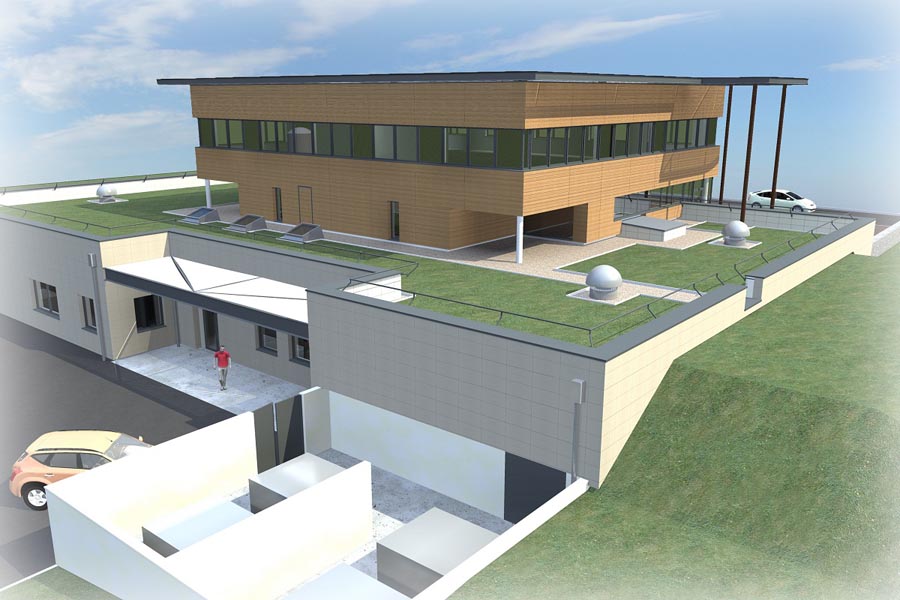
Ambitious scientific goals
The Ecotheque is part of the infrastructure that will help meet crucial scientific aims in the field of environmental research. It will archive OPE samples, and allow scientists to carry out retrospective analysis and studies that will help improve:
- the definition of baselines in critical environments subject to increasing pressure from human activity;
- understanding of the long-term changes in chemodiversity in the environmental compartments observed;
- identification of appearance of new contaminants;
- retrospective analysis of environmental quality, using more advanced and refined analytical strategies that will be developed in the future.
Infrastructure unique to France and the world
The ANDRA Ecotheque is one of the most advanced storage facilities of its kind in the world, similar to those of NIST (National Institute of Standards and Technology) in the US and Fraunhofer in Germany. The storage of environmental samples in specially-designed facilities has been the subject of scientific study for over 30 years. The importance of having a long series of environmental samples that has been preserved in excellent condition by high-quality equipment has long been recognised by the scientific community and public figures. Only this type of equipment is able to guarantee long-term environmental monitoring. In 2009, ANDRA became involved in the international environmental specimen bank.
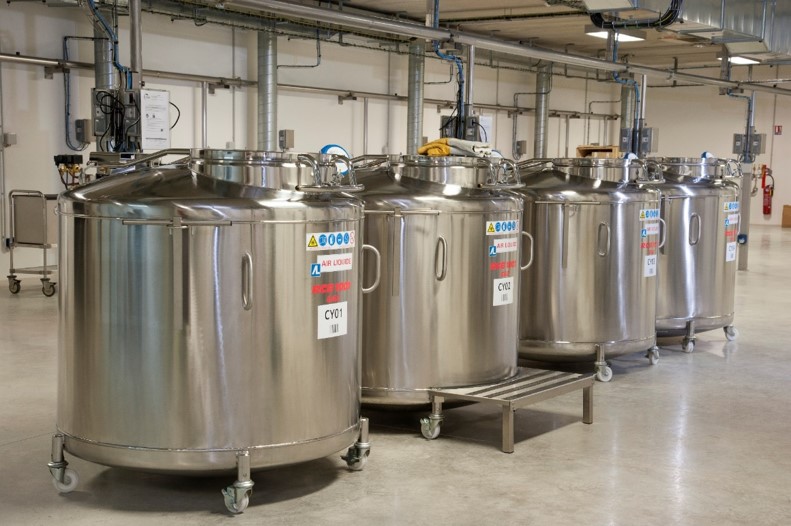
Environmental observations
The objective to build an initial environmental baseline before construction requires an ambitious programme of sampling and observations, including:
- A large studied studied area of 900 km2, straddling the Meuse and the Haute-Marne, with a tighter mesh on the 250 km2 area around the Cigéo site.
- The multiplicity of compartments observed (water, air, soil, biodiversity) and ecosystems studied (meadows, forests, crops, aquatic systems)
The geographical context
- A continental domain
- Low demographics
- Density 17-31 inhabitants / km2
- Relatively homogeneous distribution
- Demographic decline
- "Weak" industrialization, mainly located along rivers
- Mainly agricultural activity
- (48% Crop) Rotation Wheat, Barley, Rapeseed
- (13% Prairie)
- Forestry
- (35% Forest)

The OPE'S monitoring and testing resources
- A forest test siteincluding:
- a 45-metre tall flux tower
- three biogeochemical monitoring stations
- the Osnes-le-Val farmland test site which measures flows of matter and energy between the soil, water, air and biosphere of forest and farmland ecosystems. It is also where we carry out tests into ecosystem response to forcing (test plots used specifically to study ecosystem manipulation).
- An atmospheric station for monitoring the climate and air quality and for taking air and particle samples.
- 16 water and aquatic monitoring stations spread out over three subwatersheds, 5 of which have the capacity to take continuous measurements.
- Satellite and aerial images provided by remote sensing equipment.
- Observation and inventory networks covering:
- flora
- forest
- fauna (2000 observation points)
- agricultural production
- physical, chemical and biological soil quality (around 100 monitoring points)
- water (over a dozen stations).
Together these networks capture 85,000 data points every year:
The samples collected are kept in the ecothèque,
data processing and valorization
Acquired data is processed to produce:
- maps
- comparative studies
- tendancies studies
- publications
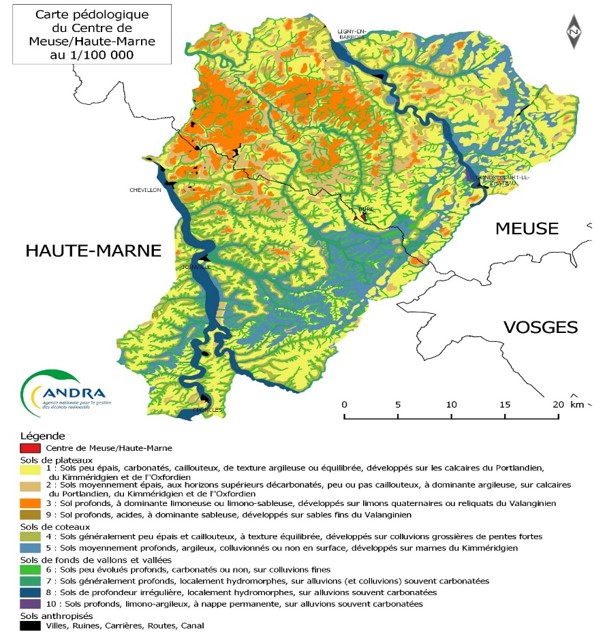
The local environment presented to the general public
The Ecothèque is also a public information center.
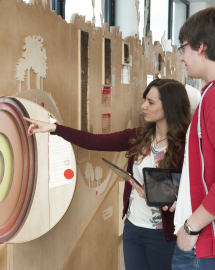
In addition to its scientific vocation, the Ecothèque has an information space on environmental sciences and local ecosystems. Its objective is to raise public awareness of biodiversity, observation and protection of its environment.
The scenography, built around the parameters being studied by the OPE and its partners, makes it possible to discover the complexity of the local environment by addressing all the facets that constitute it: soil, water, air , biodiversity and the different ecosystems of the area. Touchscreen tablet in hand, the public is invited to interact with the fresco to view the multimedia content of the exhibition.
A tool open to the scientific community
The methodologies used in the OPE are based on the expertise of several national and international partner organizations, each specializing in a specific environmental field of research (CNRS- the French National Centre for Scientific Research , ONF the National Forests Office , LNE- the National Metrology Laboratory, INRIA- the National Institute for Research in Digital Science and Technology, water agencies, etc.). These public bodies are, for many, responsible for carrying out measurements and analyzes in their domains
The entire system generates more than 85,000 data per year, thus contributing to national and international research in environmental sciences.
A review is carried out every two years in order to compile all the results and data.
As such, the OPE received the SOERE label, a recognition as a long-term Observation and Experimentation System for Research and Environment. This label is awarded by the AllEnvi Environmental Research Alliance, which selects projects that contribute to the consistency of environmental research at the national level.
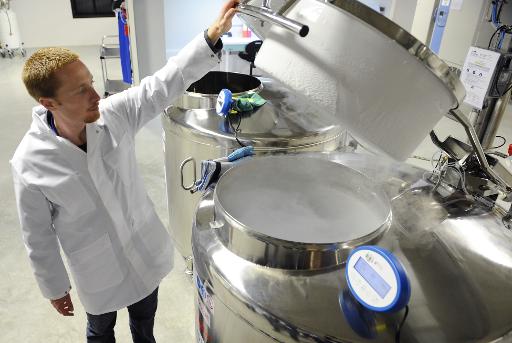
© AFP - Jean-Christophe Verhaegen

